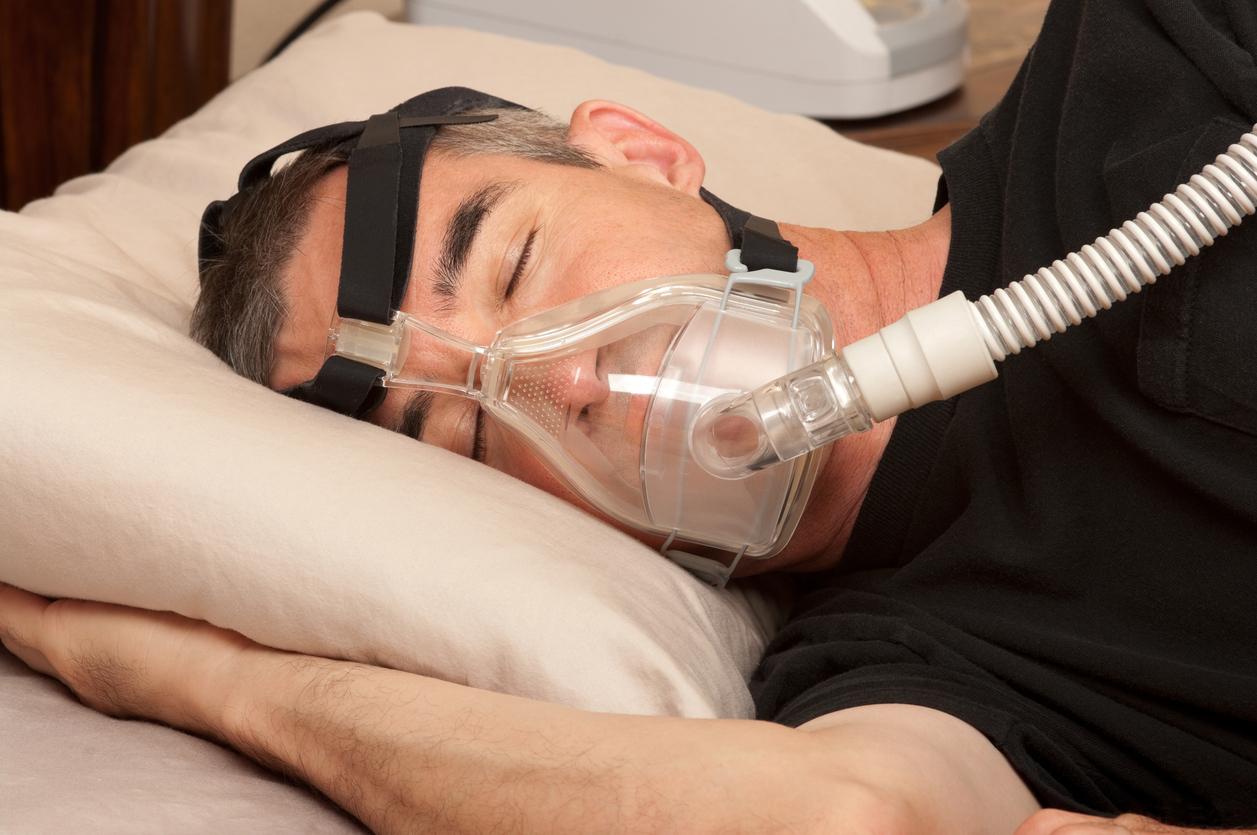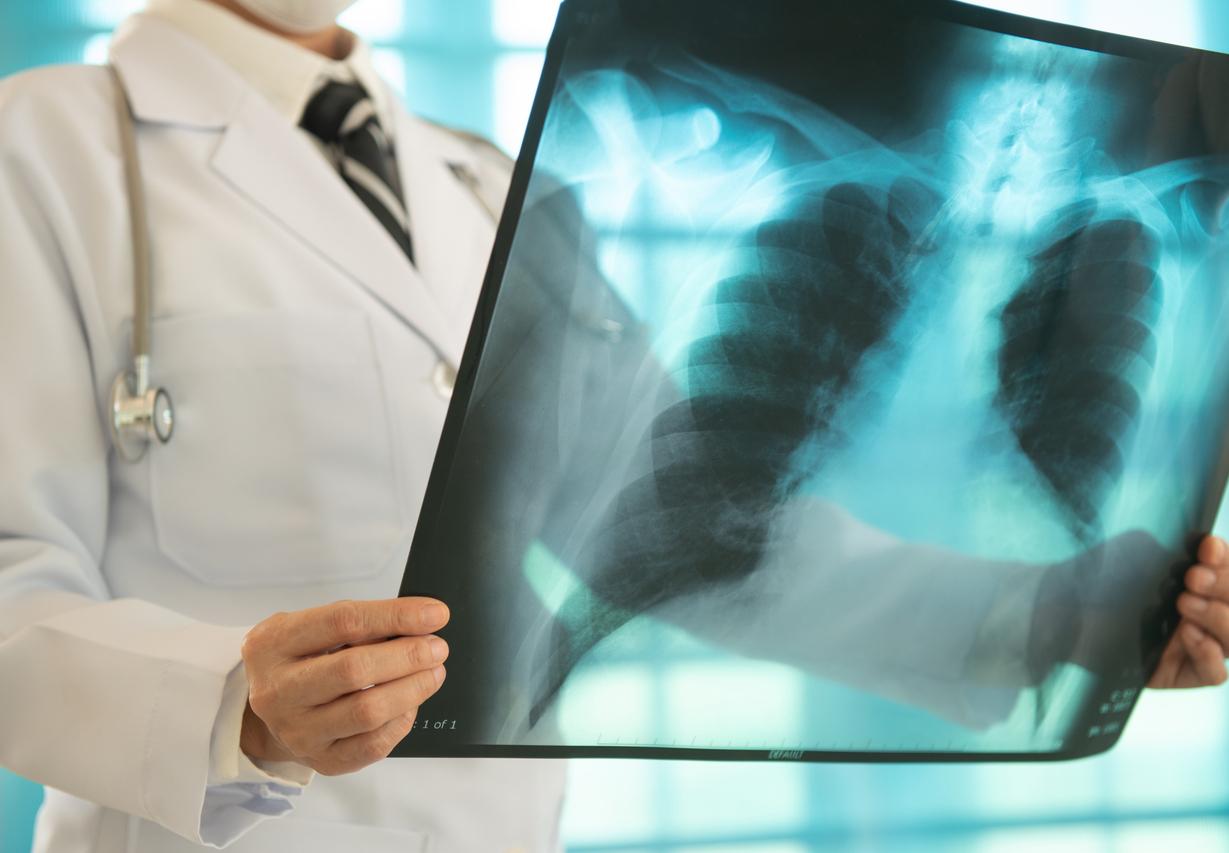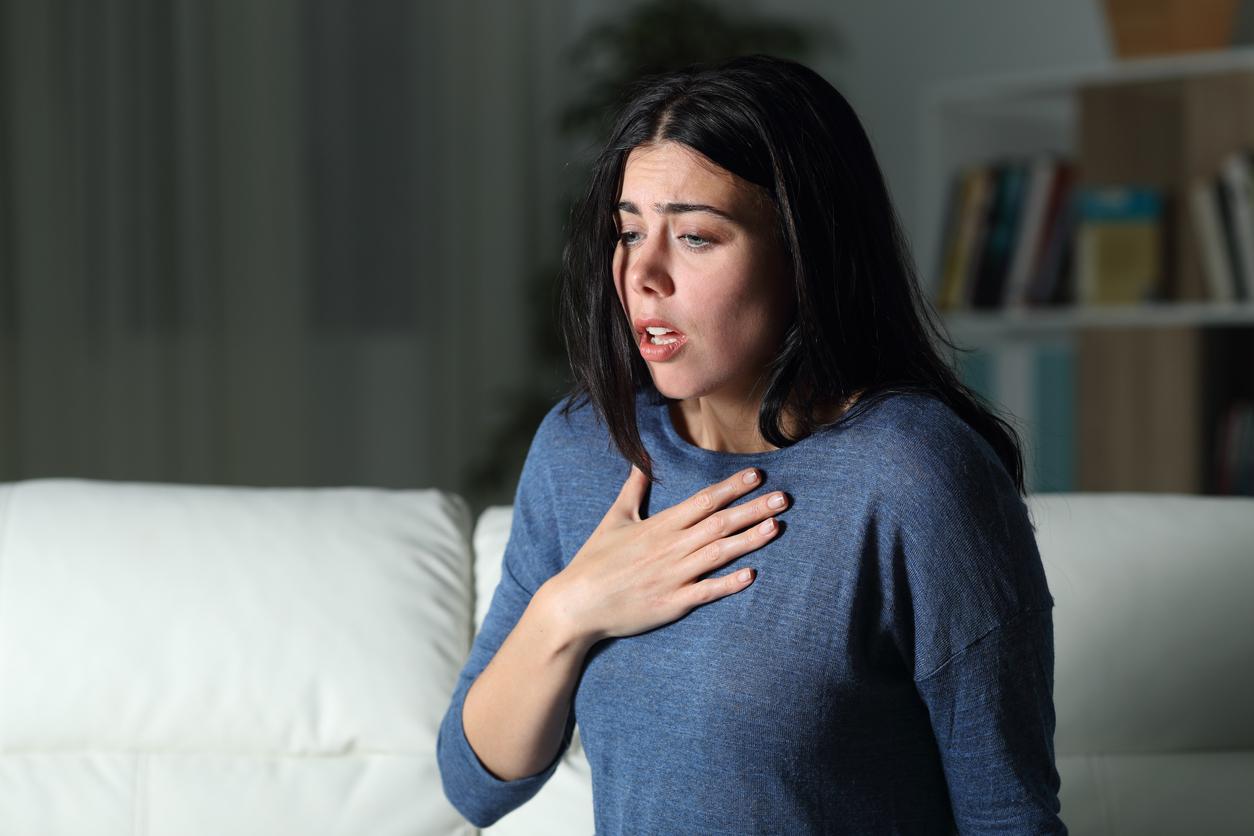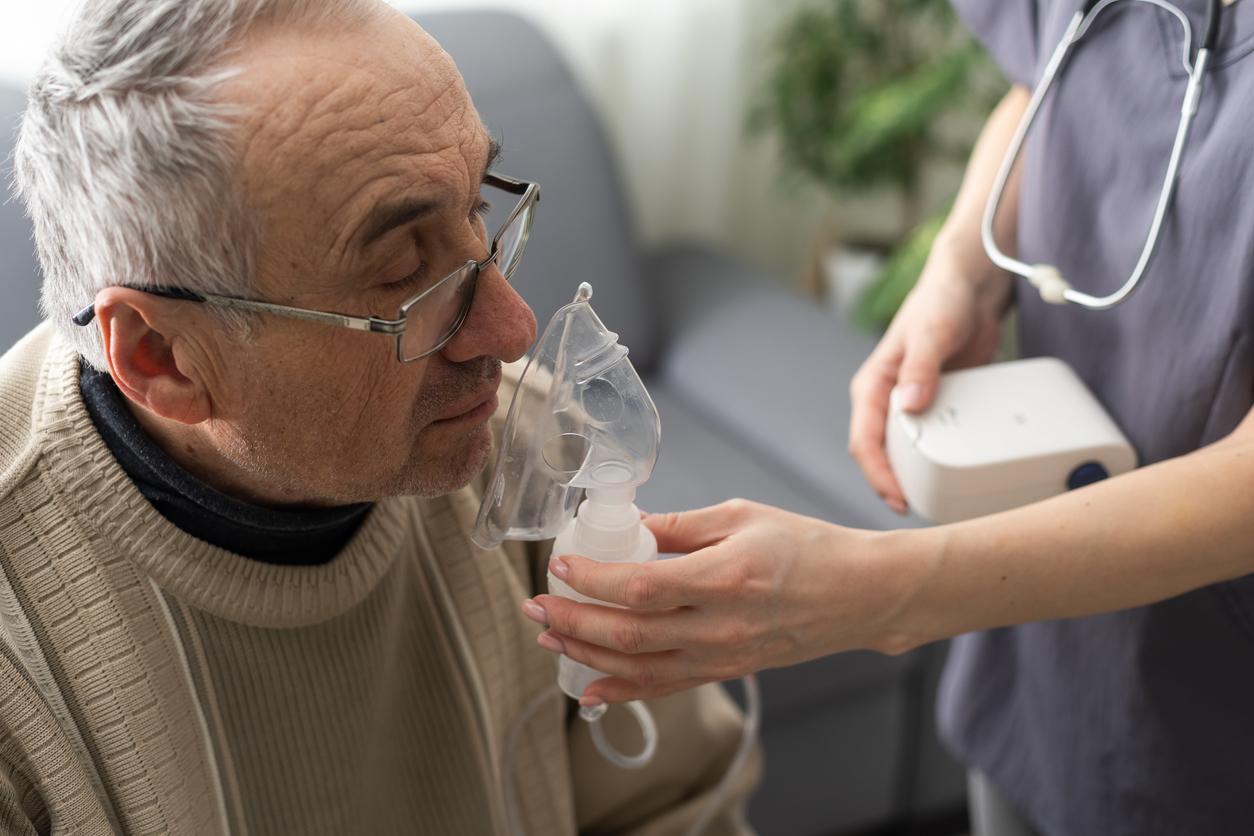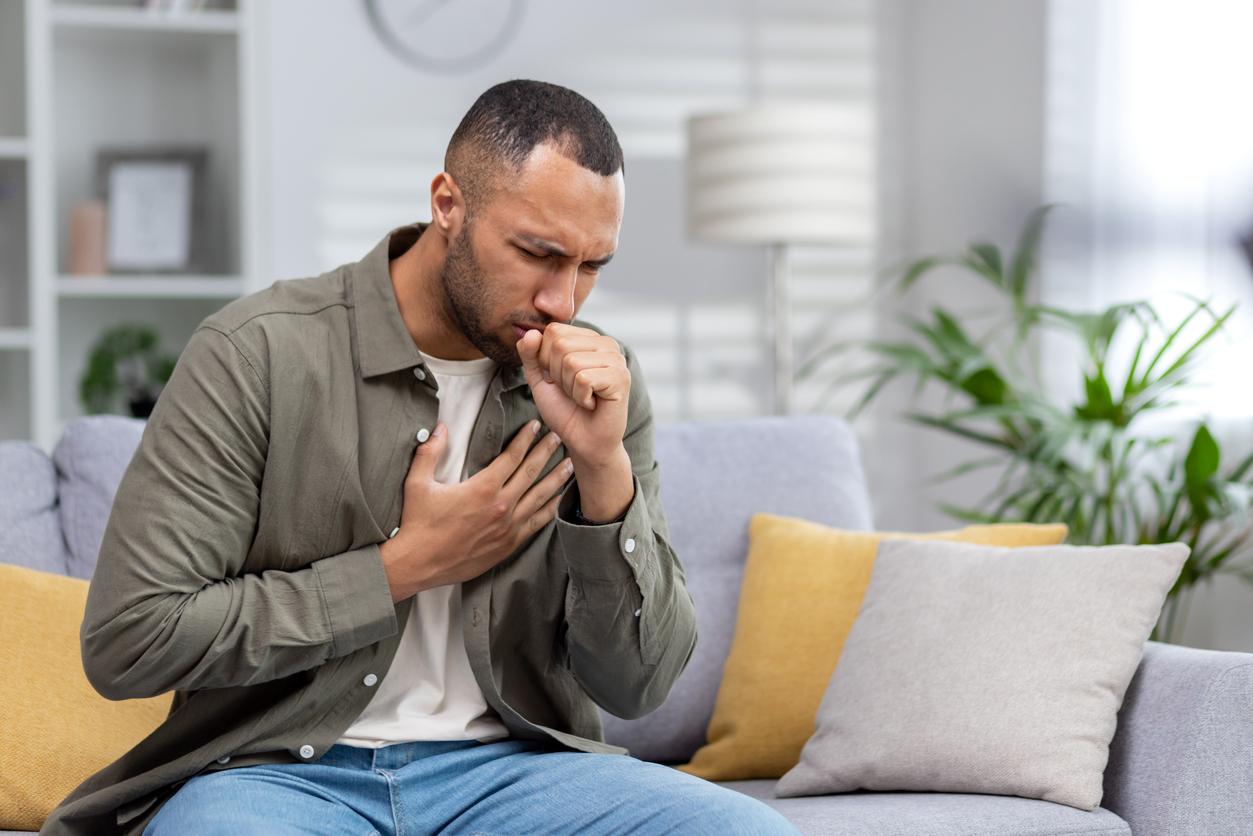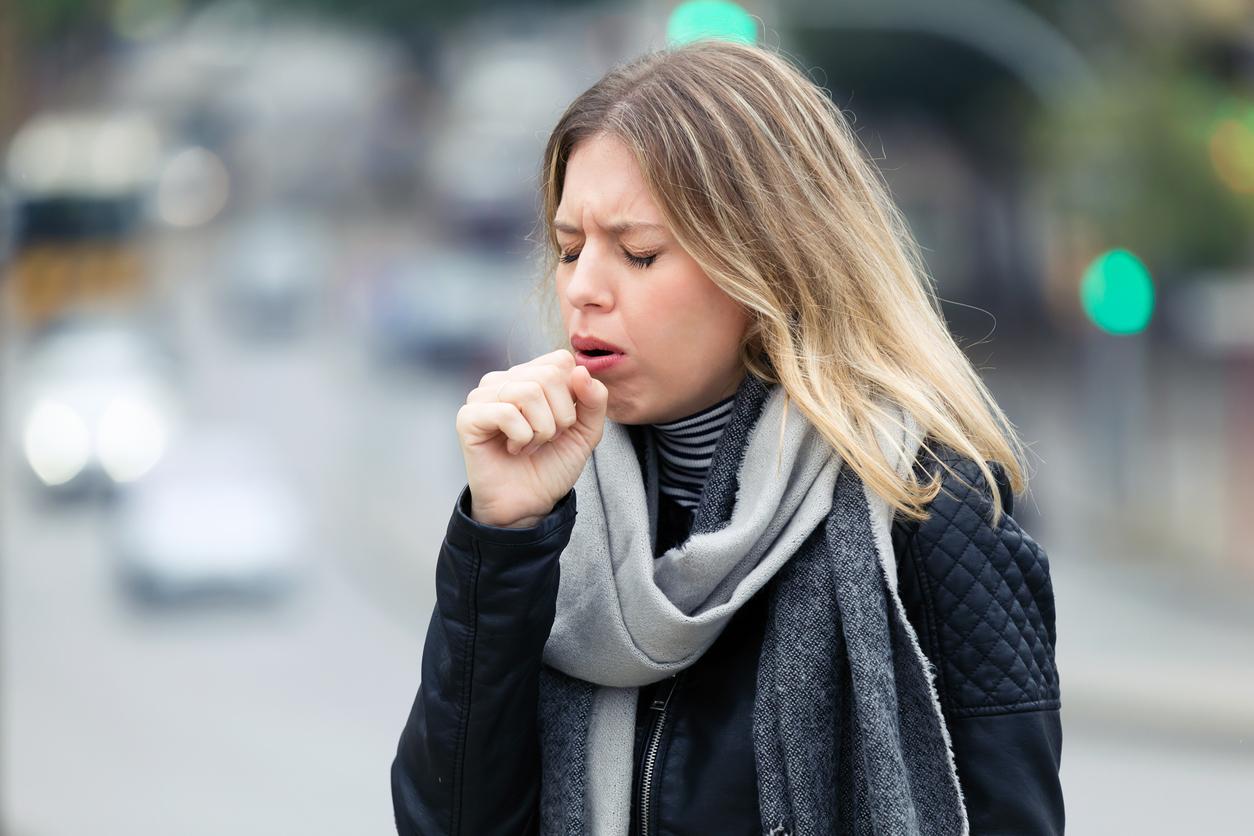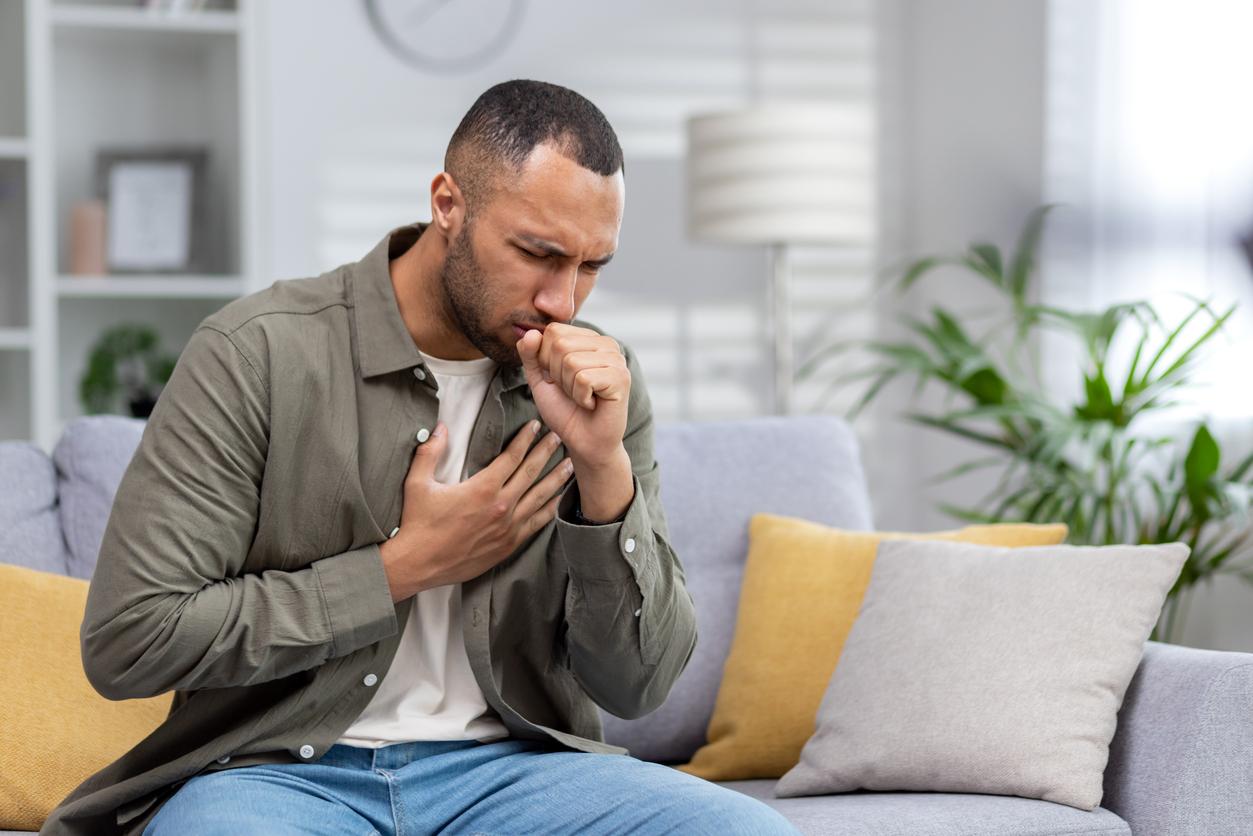COPD, or Chronic Obstructive Pulmonary Disease, is a chronic lung disease, unknown to the general public, although it is the 4th leading cause of death in the world. Because of its insidious progression, patients still consult too late. In France, 3.5 million people are affected, two thirds of whom are unaware … They are, however, out of breath at the slightest effort or out of breath.
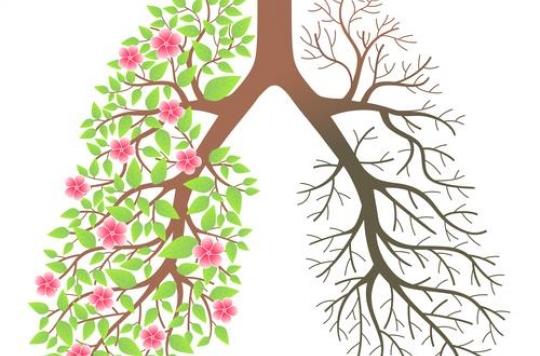
We must salute the fight of the pulmonologists, these lung specialists, who are trying to impose the term COPD, for chronic obstructive pulmonary disease. It is true that there is all the drama of this disease in this complicated and unpronounceable name. A disease that I must think about because it affects up to 10% of the population of industrialized countries and has been steadily increasing for 20 years with more than 44 million patients worldwide.
COPD is bronchitis. But bronchitis that obstructs and kills.
COPD is, more than lung cancer, the painful and inevitable end of the smoker who, day after day, year after year, destroys his lungs. Our body cannot live without oxygen. It is the main fuel of our engine. The body therefore cannot live without lungs. This is indeed where oxygen passes into the blood through the alveoli, a sort of bag at the end of our bronchi. To get an idea of this exchange surface, if we spread out all our cells on the ground, this would represent, for each of us, the equivalent of a tennis court.
Breath is life.
Our “breath capital” lives permanently under the threat of aggressors, first and foremost tobacco, but also microbes and a certain number of industrial pollutants. Our tennis court in peril, turns into a ping-pong table.
Whoever coughs and spits, even without fever, every morning has COPD. Simple and mundane, but here’s the catch. We must not trivialize these signs by thinking that it is normal to cough when smoking, because in the medium term, this untreated COPD evolves into a progressive and irreversible narrowing of the size of the bronchi. It will be difficult for the air to pass… then a gradually increasing shortness of breath will appear which only worries late when it disturbs everyday life. This is often when the smoker consults. The doctor can indeed show him, with supporting figures, that his lungs are no longer breathing very well, but he is rather helpless at this stage. Effective solutions exist only at the onset of the disease, at the onset of shortness of breath. They become scarce, like the air that reaches the lungs, as the disease progresses. The final stage is the use of the oxygen cylinder. Life connected to a tube. Nothing very encouraging.
One attitude: screening
So, if you have a heavy cough or if you live with a heavy smoker, you have to see if when you walk or climb the stairs you are more out of breath than someone else of the same age. If this is the case, we must consult because we can measure the breath capital. It is a very simple examination, spirometry, practiced by general practitioners in the same way as taking blood pressure, thanks to a small device which, on a simple violent expiration, allows us to classify us into 3 categories.
The green category is that of intact capital. The orange category, that of the alert which can turn red at any time, and there the recourse to the pulmonologist is essential. In about twenty minutes he will be able, using a few measuring instruments, to know if it is a COPD.
It is perfectly possible to be affected without knowing it because shortness of breath, which each of us experiences during an emotion or a lasting effort, is a symptom that is too late. The big culprit is tobacco. The younger you start to smoke, the greater the risk of the disease. It is the number of years of smoking that matters in developing COPD, not the daily consumption of tobacco.

.









